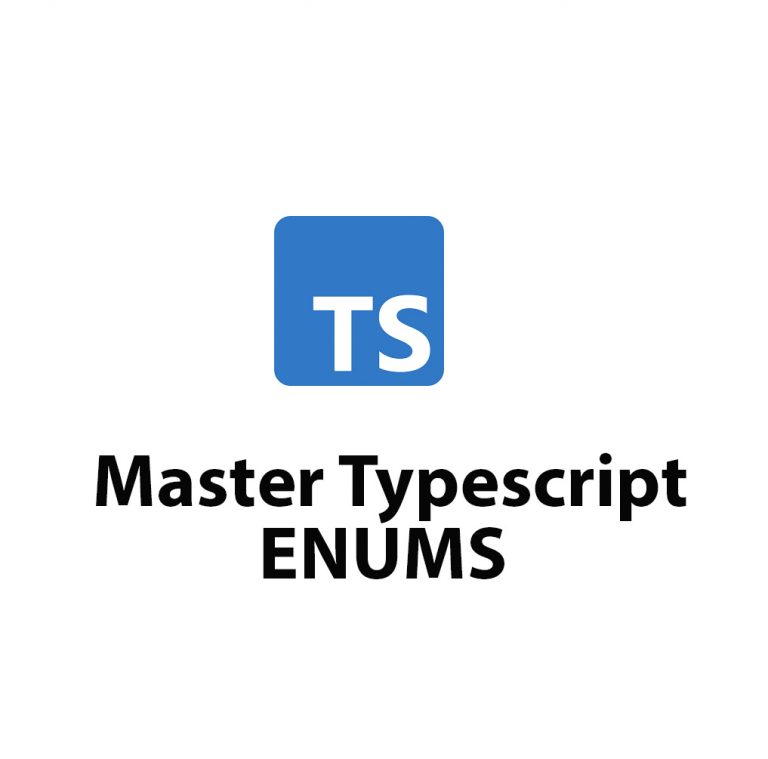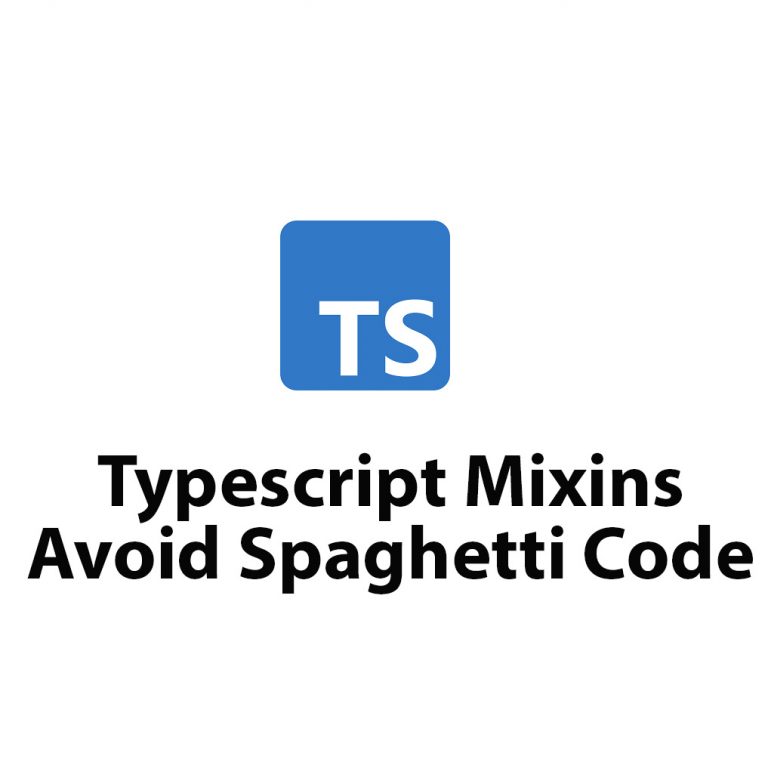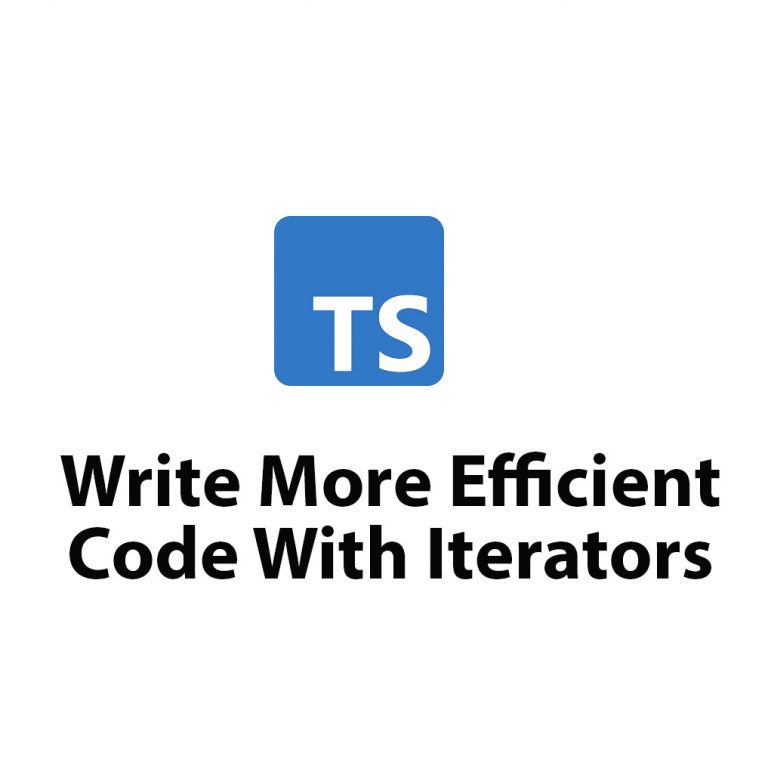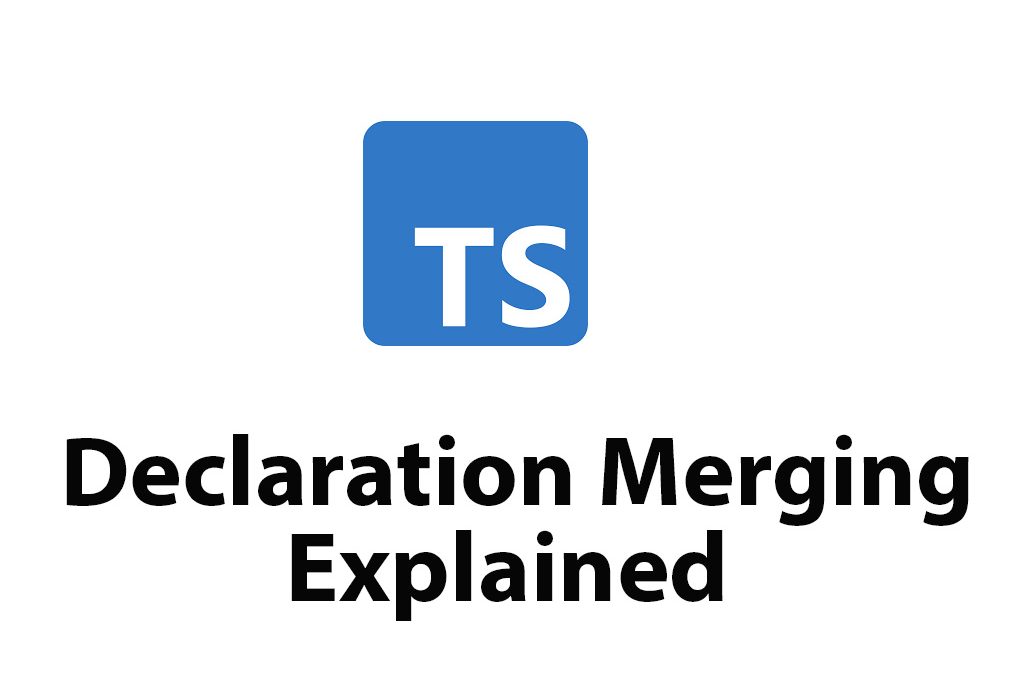Introduction
Typescript Declaration Merging is an essential feature of the Typescript language, which allows developers to extend existing code without modifying it. It can be a bit complex and overwhelming for beginners, but once you understand how it works, you’ll find it to be a powerful tool. As a developer, you will come across scenarios where you need to add properties to a library or modify its existing behavior to align with the unique needs of your project.
In this article, we will discuss everything you need to know about Typescript Declaration Merging. We will define the term, explore its basic concepts, and examine its benefits and limitations. Furthermore, we will take a look at some advanced topics in the feature, discuss some best practices, and offer some concluding thoughts on how to best utilize Typescript Declaration Merging in your projects.
Typescript Declaration Merging: Definition and Importance
Declaration Merging is a powerful feature of Typescript that allows developers to combine different declarations into a single definition. To be precise, it enables you to merge one or more declarations into a single module. These declarations are usually functions, objects, interfaces, or classes.
One of the main advantages of Typescript Declaration Merging is that it simplifies the process of working with third-party libraries. Since Typescript is a superset of Javascript, it is possible to use any existing Javascript code with Typescript. However, some of the libraries or modules may not have type declarations, making it difficult to use them in Typescript. By employing declaration merging, you can provide type definitions to existing libraries and enable Typescript to understand how to consume them.
Basic Concepts in Typescript Declaration Merging
Before we dive into the benefits and limitations of declaration merging, it’s crucial to understand the fundamental concepts involved. Here are three basic concepts of declaration merging in Typescript.
Declaration Files
Declaration files are one of the most critical components of declaration merging. These files provide Typescript with information about the shape of an external module’s API. These modules can be written in Javascript and hence do not have any type information associated with them.
Declaration files usually have a file extension of .d.ts, and they allow Typescript to understand the types and properties of external libraries. These files need to match the module they are associated with, and they work by defining Typescript interfaces or classes that map to the external library API.
Merging Interfaces
Interfaces are one of the primary building blocks of declaration merging in Typescript. Interfaces can be merged at any time, provided their names are the same. This means that you can add new properties or methods to an existing interface without modifying the original declaration.
For example, suppose you have two interfaces – User and Post. By merging these interfaces, you can create a new interface that extends both the User and Post interfaces. This new interface, say UserPost, will have access to all the properties and methods of both interfaces. This allows for a more streamlined and efficient codebase.
Merging Modules
While interface merging is a powerful feature on its own, module merging takes it a step further. Module merging allows developers to combine multiple module declarations into one. This means you can add new properties and methods to a module without modifying the original module declaration.
Module merging can be used to create a single module out of several external modules. This is helpful when you are using multiple external modules that have the same or similar interfaces.
Benefits of Typescript Declaration Merging
Now that you have an idea of the basic concepts of Typescript declaration merging, let’s dive into the benefits of this powerful feature.
Accessibility of Interfaces
One of the biggest advantages of declaration merging is that it simplifies the process of working with external libraries. As mentioned earlier, many third-party libraries or modules may not have type declarations. Without declaration merging, the process of using these libraries in Typescript can be tedious. However, declaration merging can help provide type definitions to these libraries and enables Typescript to understand how to consume them.
Enhancing Readability and Maintainability
Another benefit of declaration merging is that it enhances code readability and maintainability. For instance, by combining multiple modules into one, you can reduce the number of files you need to track. This makes the codebase more manageable and less confusing.
Additionally, declaration merging allows you to avoid repetition of code. By merging interfaces and modules, you can create more streamlined and efficient codebases, which are easier to navigate and maintain.
Facilitating Code Reusability
Code reusability is another significant benefit of declaration merging in Typescript. By merging interfaces and modules, you can reuse code across different parts of your project, making it easier to manage and update. This allows developers to reuse code for similar purposes across different parts of the project. This not only reduces the lines of code but also saves a significant amount of time and effort.
Advanced Topics in Typescript Declaration Merging
While basic declaration merging techniques can serve the needs of most projects, there are times when you need to take your declaration merging to the next level. Here are some advanced topics in Typescript declaration merging that you should know about.
Global Declaration Merging
One of the most powerful features of Typescript, global declarations are used to extend the global namespace. The global namespace should be used sparingly, but it does come in handy in some cases. For example, if you want to add a new method that is accessible everywhere, you can use global declarations to achieve this.
Class Declaration Merging
Class declaration merging is another powerful feature of Typescript that is used to enhance the functionality of classes. By merging classes, you can create a superclass and extend it to other classes. This can be helpful when you have a set of classes that share the same structure or implementation.
Namespace Declaration Merging
A namespace declaration is a feature in Typescript that allows you to group related code together in one place. Essentially, namespaces help you to organize code into logical groups for easy management. Namespace declaration merging is used to merge two or more namespace declarations into one.
Best Practices in Typescript Declaration Merging
While declaration merging is a powerful feature of Typescript, it can also be quite complex. Here are some best practices to consider when working with declaration merging in Typescript:
Structural Interface Over Nominal Interface
When merging interfaces, it is recommended that you use the structural interface instead of nominal interface. Structural interface matching is based on the structure of the interface rather than its name. This means that Typescript checks if two interfaces share the same properties, regardless of their names.
Consistent Use of Namespaces
Another best practice in Typescript declaration merging is to use namespaces consistently. This means that you should stick to one naming convention and avoid using the same name for different purposes. This will help to avoid conflicts and make it easier to manage the codebase.
Accurate Use of Optional Properties
As much as possible, you should avoid using optional properties in your interfaces. Optional properties can lead to confusion and bugs in your codebase, so it’s best to use them only when necessary.
Limitations of Typescript Declaration Merging
While Typescript declaration merging is an essential feature that provides numerous benefits, it is not without its limitations. Here are some of the downsides of declaration merging that you should be aware of:
Potential Conflicts
One of the biggest limitations of declaration merging is the possibility of conflicts arising when merging multiple declarations. This can particularly happen when dealing with third-party libraries that might change their definitions in new versions of their software.
Complexity in Handling Ambiguity
Typescript developers can face ambiguity issues when merging declarations of multiple modules. It’s challenging to manage multiple declarations coming from different sources, which can make it difficult to trace and fix issues.
Limited Support for Certain Declarations
Another limitation is that not all declarations are compatible with Typescript declaration merging. For instance, type aliases and type literals are not currently supported by declaration merging, making it difficult to use them in a Typescript project.
Conclusion
Typescript Declaration merging is a powerful feature that allows developers to extend existing code without modifying it. This feature simplifies the process of working with third-party libraries and enhances code readability, maintainability, and reusability. Additionally, declaration merging can be extended to include advanced topics such as global declaration merging, namespace declaration merging, and class declaration merging.
When working with Typescript declaration merging, it is important to adhere to best practices such as using structural interfaces over nominal interfaces, consistent use of namespaces, and being accurate with optional properties. It is also important to take note of the limitations of declaration merging, such as potential conflicts, complexity in handling ambiguity, and limited support for certain declarations.
Overall, Typescript Declaration merging is a powerful tool that every Typescript developer should know about. It provides a great deal of flexibility and can make your code more streamlined and efficient. By understanding the fundamental concepts involved and utilizing best practices, you can take full advantage of declaration merging in your Typescript projects.

Learn Typescript Generators
Introduction TypeScript is a typed superset of JavaScript that brings static type checking to JavaScript development. TypeScript adds some much-needed structure and safety to JavaScript programming by providing tools for catching errors at compile time instead of run time. A generator is a feature that TypeScript borrows from Python. Generators are a special kind of […]

Mastering Typescript Enums
As a web developer, I’m constantly learning new ways to improve my coding practices. One of the more recent additions to my toolkit is TypeScript, a powerful superset of JavaScript that provides additional features to make coding easier and more efficient. One of my favorite features of TypeScript is enums, which allow me to better […]

Learn Typescript Mixins: Avoid Spaghetti Code
As a software developer, I’ve been using Typescript for most of my latest projects. One of the most interesting features I’ve come across is Typescript Mixins. These allow for simple composability of classes and functions, which can help to reduce code complexity and improve maintainability. In this article, I’m going to provide a comprehensive guide […]

Learning Typescript Iterators
Introduction As a software developer who is always looking for efficient ways to write clean code, I discovered Typescript and the concept of iterators. Typescript is a JavaScript superset that enables the creation of more structured and maintainable code. In this article, I am introducing Typescript iterators and delving into their different types, how to […]

Typescript Utility Types
Introduction Hi there, I’m excited to talk to you today about Typescript Utility Types. First, let’s provide a brief overview of what Typescript is for those who may not be familiar with it. Typescript is an open-source programming language that builds on top of JavaScript by adding static types to code. This can help catch […]

Mastering Typescript Decorators
As a software developer, I am constantly looking for ways to improve the efficiency and effectiveness of my work. One of the most powerful tools in my arsenal has been typescript decorators. In this article, I will dive deep into the world of typescript decorators, exploring their history, various types, and usage in software development. […]

